By Wisconsin DNR

The Wisconsin Department of Natural Resources’ online Surface Water Data Viewer layers panel. / Graphic Credit: Wisconsin DNR
From recreation, to aesthetics, to ecosystem function and everything in between, there are many ways that water is an important aspect of owning and managing a property. It could be the showcase feature of a property such as lake frontage or a scenic river, or as subtle as a seasonal waterway or forested wetland.
Many landowners own woodlands because they want to enjoy the scenic beauty and protect nature and water. A first step toward achieving those goals is understanding what is present on the respective property. The Wisconsin Department of Natural Resources has a useful tool called the Surface Water Data Viewer (SWDV) to help landowners and land managers identify water resources.
Continue reading “Identify Water Resources With Surface Water Data Viewer”


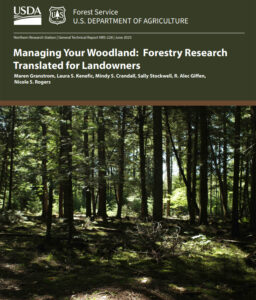
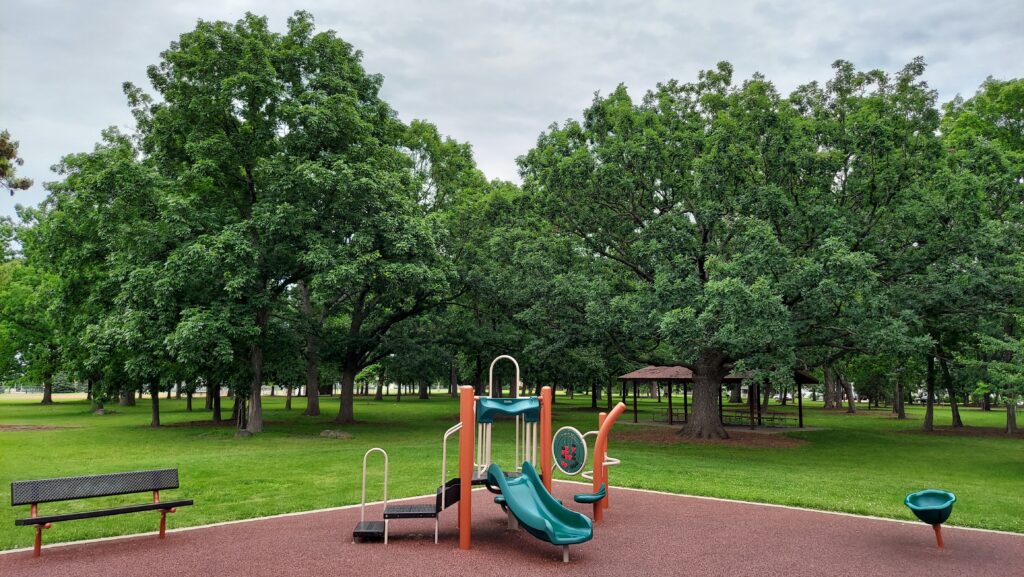 Cities, villages, towns, counties, tribes and 501(c)(3) nonprofit organizations in or conducting urban forestry projects in Wisconsin can now apply for a regular or startup 2026 Wisconsin Department of Natural Resources (DNR) Urban Forestry grant. The total 2026 available funding is $559,680, with a possible release of $139,920 of catastrophic storm reserve to fund a second round in March 2026.
Cities, villages, towns, counties, tribes and 501(c)(3) nonprofit organizations in or conducting urban forestry projects in Wisconsin can now apply for a regular or startup 2026 Wisconsin Department of Natural Resources (DNR) Urban Forestry grant. The total 2026 available funding is $559,680, with a possible release of $139,920 of catastrophic storm reserve to fund a second round in March 2026. 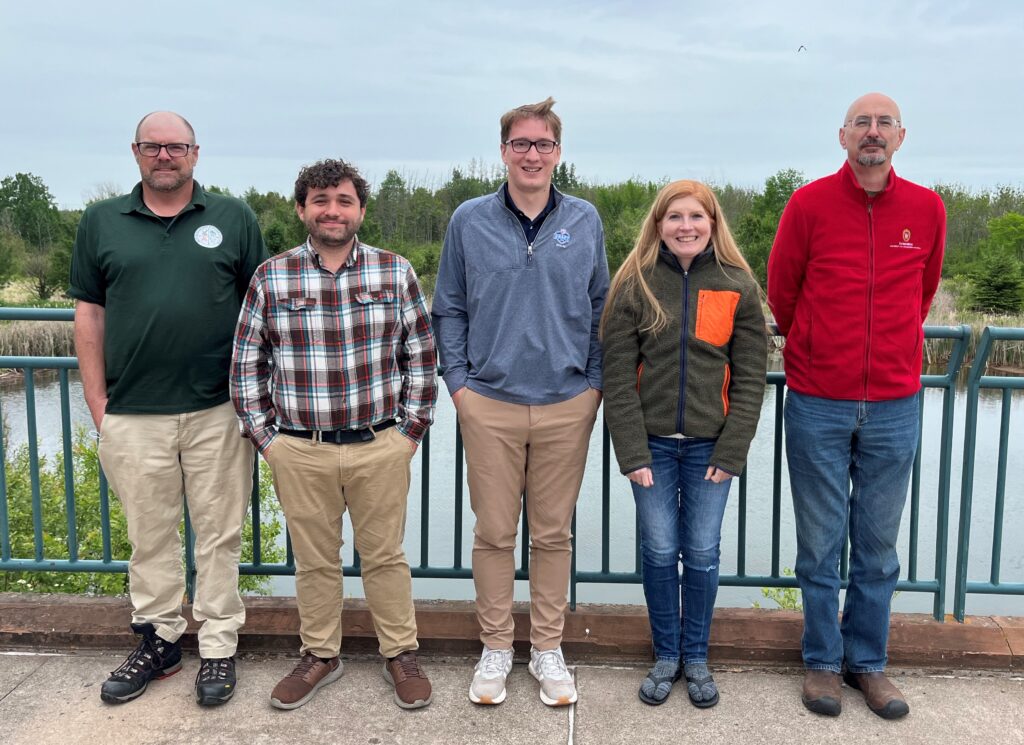
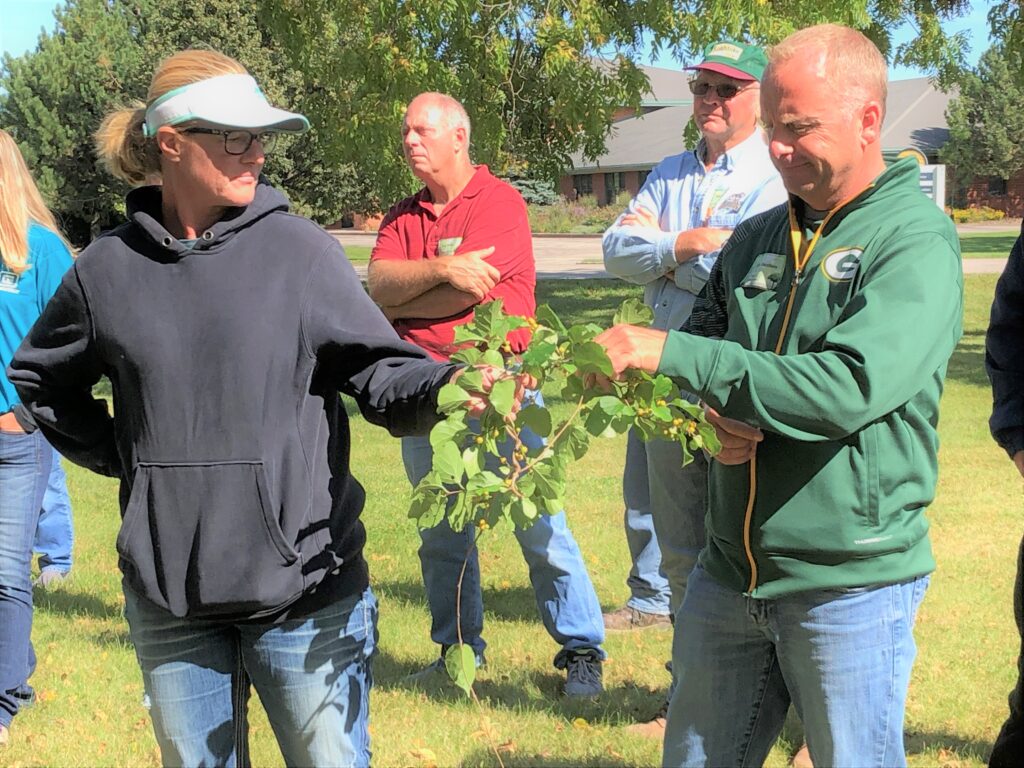 The Wisconsin Department of Natural Resources is partnering with the UW-Madison Division of Extension to host a series of fall workshops on invasive species plant identification and management. Learn about invasive plants in urban settings, focusing on identification, impacts, management and available resources. Dr. Mark Renz (professor and Extension specialist with UW-Madison) will lead the instruction, with Travis Wilson, Matt Wallrath and John Zabrosky assisting. Each workshop will include morning classroom instruction followed by hands-on field demonstrations in the afternoon. The cost of the workshop is $40 and includes lunch.
The Wisconsin Department of Natural Resources is partnering with the UW-Madison Division of Extension to host a series of fall workshops on invasive species plant identification and management. Learn about invasive plants in urban settings, focusing on identification, impacts, management and available resources. Dr. Mark Renz (professor and Extension specialist with UW-Madison) will lead the instruction, with Travis Wilson, Matt Wallrath and John Zabrosky assisting. Each workshop will include morning classroom instruction followed by hands-on field demonstrations in the afternoon. The cost of the workshop is $40 and includes lunch. 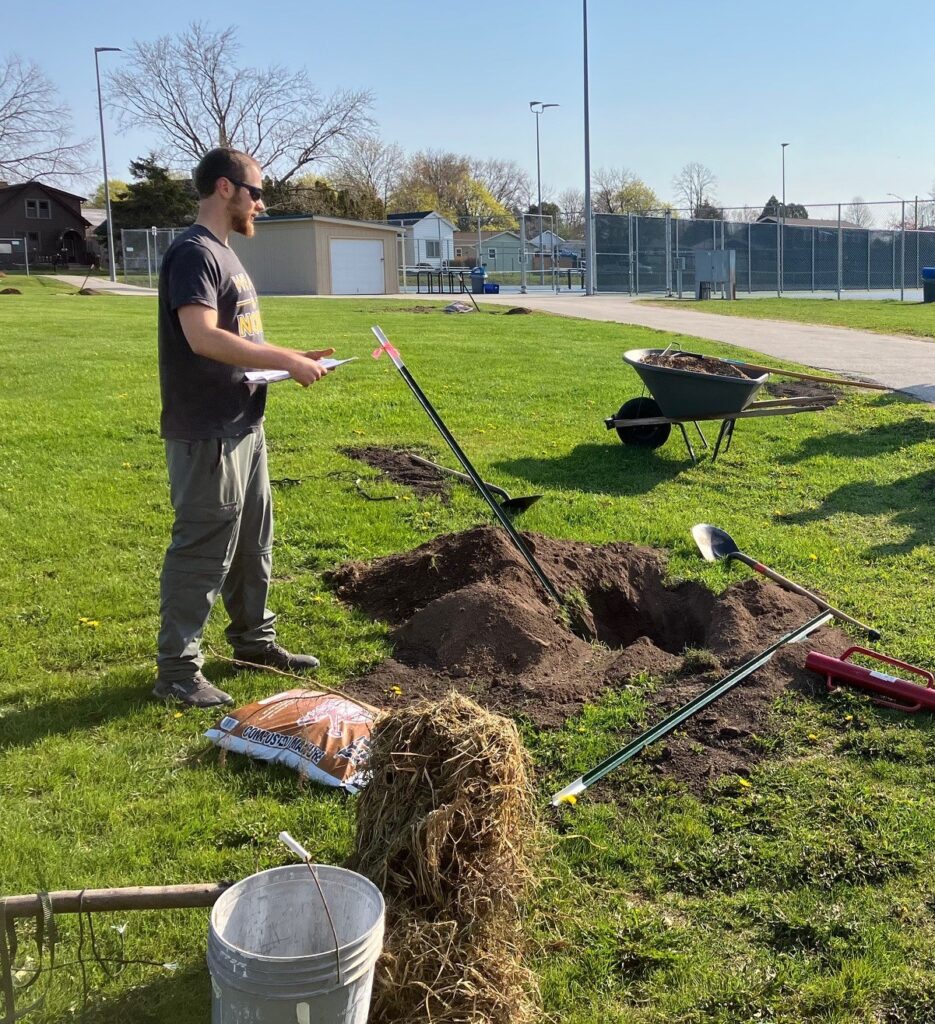
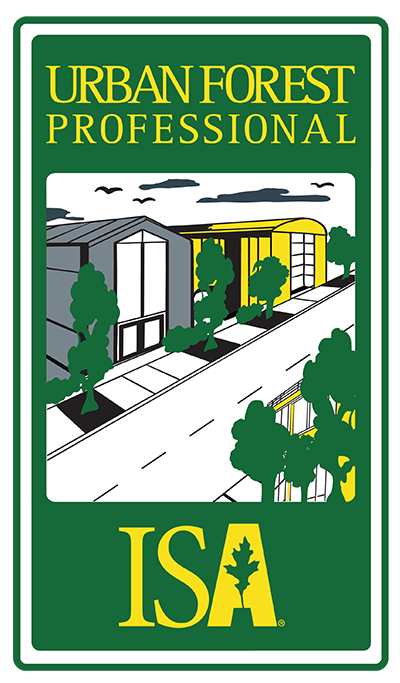 The International Society of Arboriculture (ISA) is launching a new credentialing management system and an updated pricing structure, going live on July 15, 2025.
The International Society of Arboriculture (ISA) is launching a new credentialing management system and an updated pricing structure, going live on July 15, 2025. The National Association of State Foresters (NASF) is accepting nominations for its 2025 awards. Only nominations submitted on or before Friday, Aug. 1, through
The National Association of State Foresters (NASF) is accepting nominations for its 2025 awards. Only nominations submitted on or before Friday, Aug. 1, through 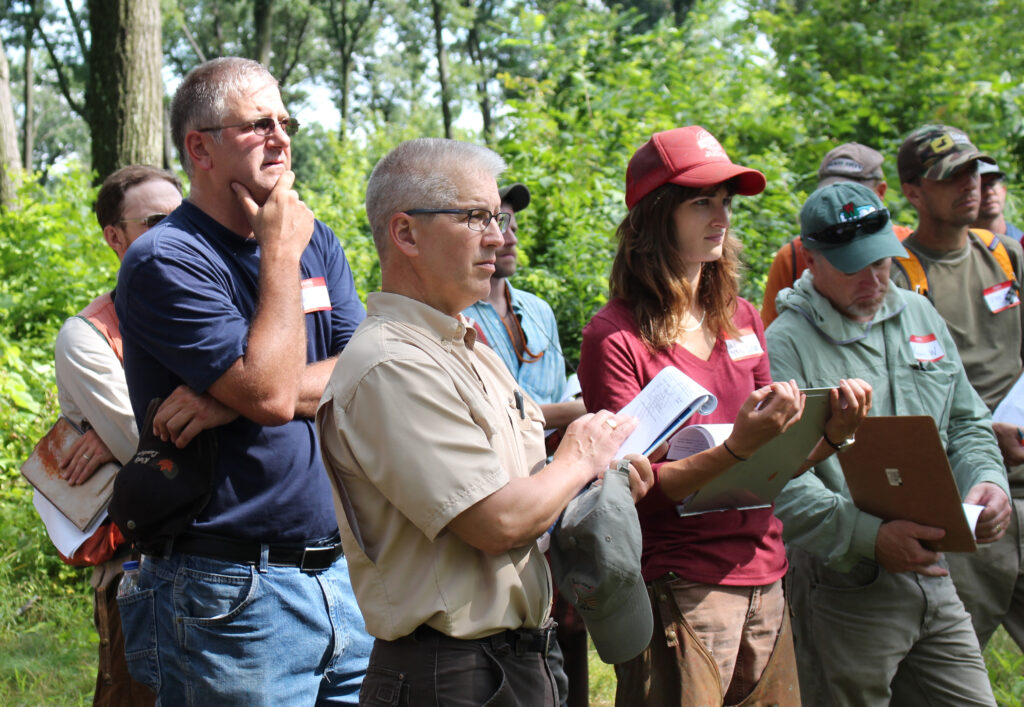 *These training opportunities are provided as an information service only and do not constitute an endorsement from the Wisconsin Department of Natural Resources (DNR).
*These training opportunities are provided as an information service only and do not constitute an endorsement from the Wisconsin Department of Natural Resources (DNR).